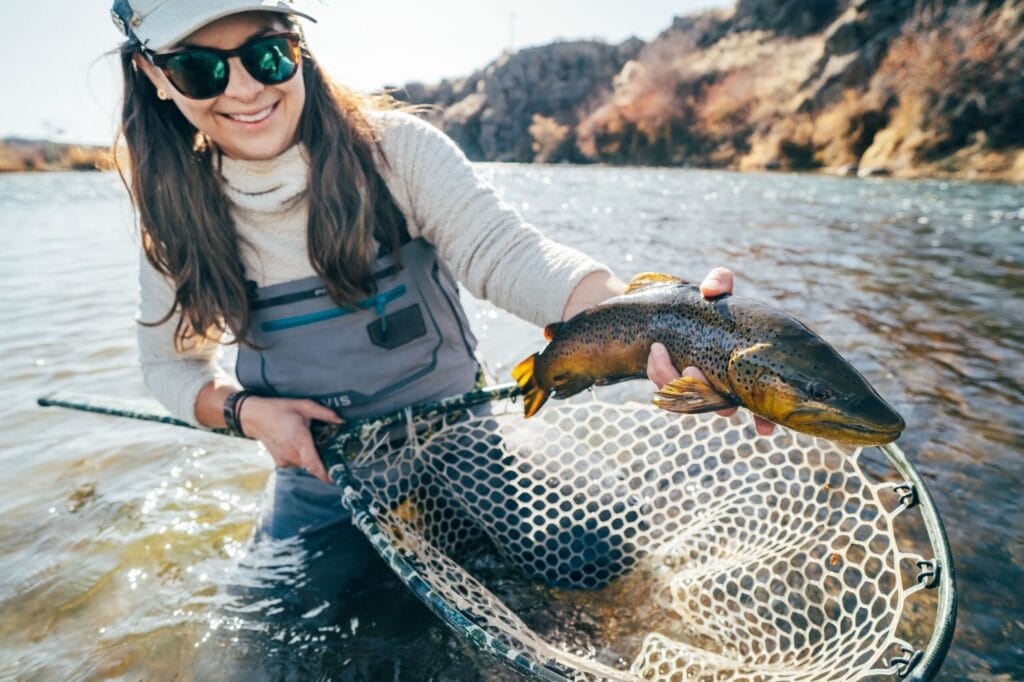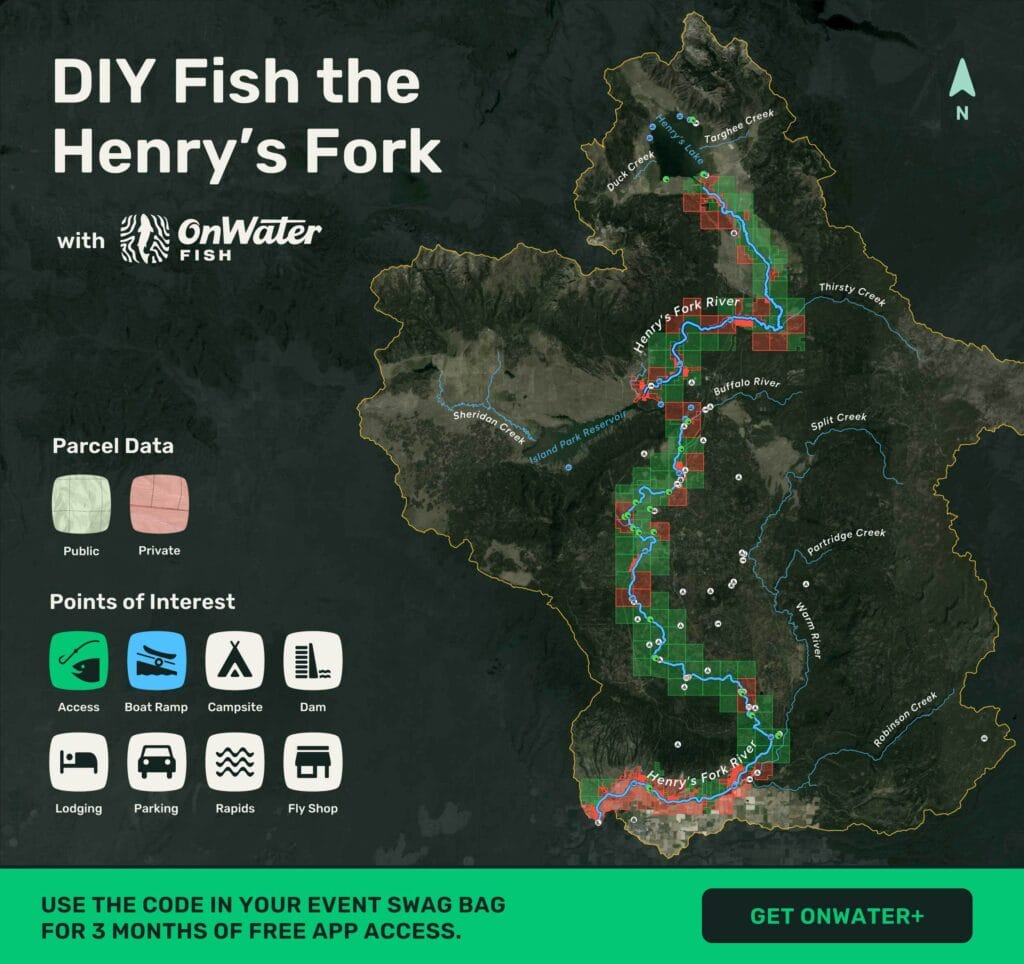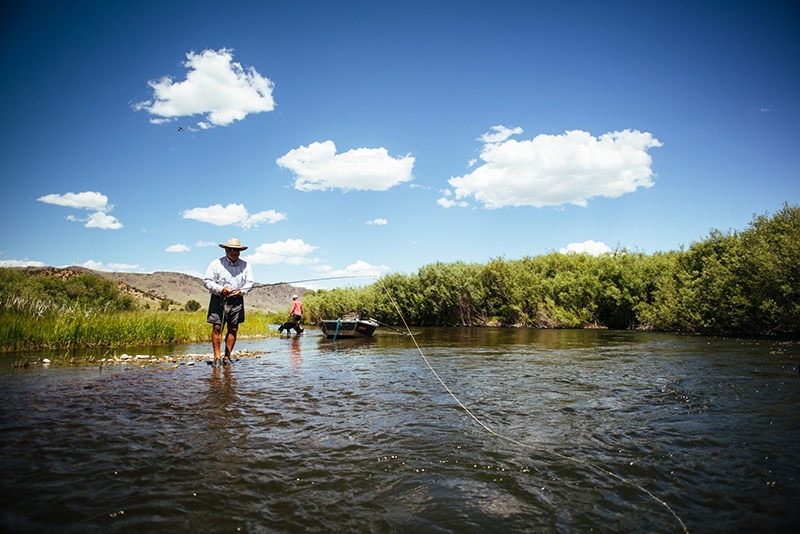
Fly-Fishing the Henry’s Fork
While there are many spectacular trout fisheries within a short drive from Idaho Falls, it’s hard to argue that the Henry’s Fork isn’t the main attraction. Considered by some to be the best trout stream in the United States, the Henry’s Fork draws anglers from around the world year after year.

The Henry’s Fork is born just outside the border of Yellowstone National Park, where it bubbles out of the ground at Big Springs. The spring-fed nature of the Henry’s Fork is a significant reason that its aquatic insect hatches are so prolific. These springs – along with multiple dams along its length – also contribute to the river fishing extremely well early in the year when other area rivers are still frigid and less productive. While Blue Wing Olives, Midges and Caddis are present virtually year-round on the lower river, the river boasts the region’s earliest salmonfly hatch. These massive stoneflies begin hatching around St. Anthony in May, moving upriver rapidly. Big trout can’t resist these flying cheeseburgers, and the fishing can be phenomenal.
Anglers can debate their favorite stretch of river, but there’s not debate that the most famous piece of water on the Henry’s Fork is the fabled ‘Railroad Ranch’ at Harriman State Park, where the river’s slow currents, prolific hatches, and large fish create the most technical of dry-fly fishing challenges. NOTE: The ‘Railroad Ranch’ section is closed to fishing until June 15th.
When people think of the Henry’s Fork, they often picture the slow, meadowy waters of ‘the ranch’ but that’s not all the river has to offer. The Henry’s Fork is one of the most diverse rivers in the west in terms of character, and offers all sorts of water types. No matter what sort of water you love to fish, you can likely find it somewhere along the river’s length. The river below Island Park Reservoir, known as the Box Canyon, provides non-stop tailwater fishing to jumbo rainbows in fast, boulder-churned pocket water. Below the massive drop of Lower Mesa Falls the river changes in appearance once again, and brown trout can be found in addition to rainbows. Numerous dams break up the lower reaches of the river, creating numerous discrete sections of water with their own unique feel.
During your time in Idaho Falls, we would recommend going to the Vernon, Ora, or Warm River Access points for easy wading and good springtime fishing. The Fall River (a major tributary of the Henry’s Fork) will likely be blown out, and fishing above the conflucence (right at the Chester access point) will likely be far more productive. The river upstream of Mesa Falls will likely still be snowed in and difficult to access. Long story short; the best fishing is likely going to be pretty close to town!
As far as fly patterns are concerned, the hatches you will most likely be encountering are blue wing olive mayflies, caddis, and salmonflies. Having a good assortment of these bugs (both dries and nymphs) will likely cover the bases for your fishing. If you’re fishing salmonflies, tippet up! The size of these flies means stout tippet will help turn them over, and when trout want to eat a big stonefly they aren’t shy…0x and 1x get the job done!
For more information on hatches, flows, and fly patterns, we encourage you to contact one of the many local fly shops in the region, or consult their online resources.
Jimmy’s Fly Fish Food Fly Shop – Idaho Falls


